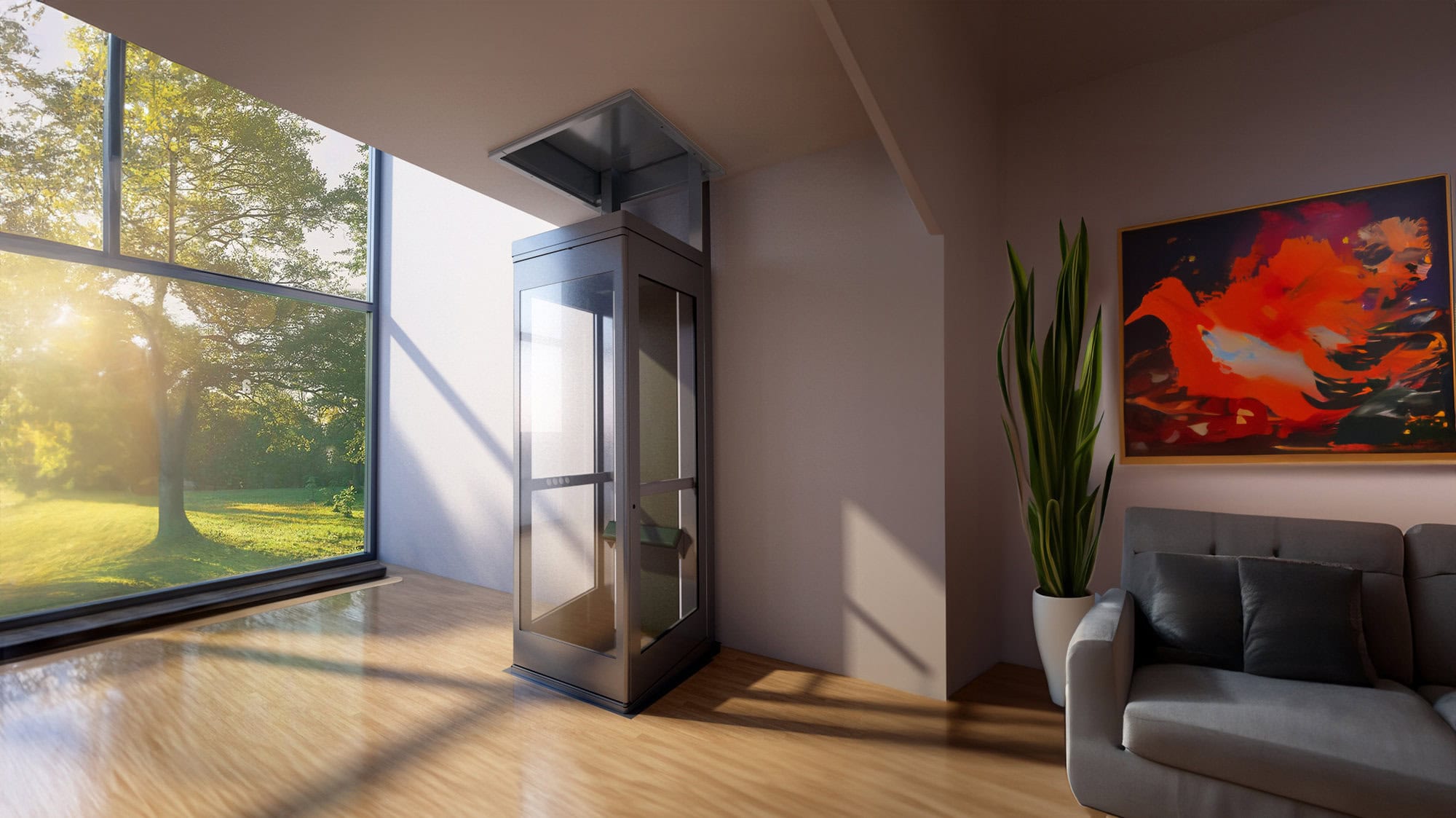Top Lift Companies in London: Offering High Quality Installations and Upkeep
Top Lift Companies in London: Offering High Quality Installations and Upkeep
Blog Article
Looking Into the World of Lifts: Common Concerns Faced by Numerous Lift Mechanisms
As we browse through the upright transport systems of modern-day buildings, lifts stand out as an essential part of our every day lives. Nonetheless, behind their seamless procedure lies a globe of intricate systems that can sometimes come across challenges. From hydraulic elevators to grip systems and machine-room-less designs, each lift kind includes its set of usual problems. Recognizing these difficulties is vital for ensuring the smooth functioning of these crucial systems. Let's explore the complexities that underlie the procedure of lifts and the potential issues that can arise, clarifying the elaborate web of lift devices.
Hydraulic Elevators
Hydraulic lifts, often chosen for low-rise structures, make use of fluid pressure to control the movement of the elevator cars and truck (lift repair companies). This device entails a hydraulic pump pressing oil right into a cyndrical tube, creating the lift to move in the desired instructions. While hydraulic elevators are understood for their smooth and peaceful procedure, they do include their very own set of typical problems
One widespread issue with hydraulic elevators is oil leakage. Additionally, problems with the control system, such as faulty shutoffs or a malfunctioning pump, can trigger interruptions in the elevator's activity.
Routine maintenance and prompt repair services are vital to make certain the smooth functioning of hydraulic elevators. By addressing these usual problems proactively, structure proprietors can reduce downtime and ensure the safety and security and performance of their vertical transport system.
Grip Elevators
When taking into consideration vertical transport systems in buildings, another usual type in addition to hydraulic elevators is the grip elevator. Traction lifts operate using a system of ropes and weights that move the lift cars and truck by gripping onto the hoist ropes. This device enables smoother and faster upright transportation contrasted to hydraulic systems.
One of the usual concerns encountered by traction lifts is rope wear. The continuous movement of the ropes within the traction system can bring about tear and wear gradually, potentially causing the lift to malfunction or become unsafe for usage. Regular evaluations and upkeep of the ropes are important to make certain the elevator's correct functioning and safety.
Another concern that traction lifts might encounter is connected to the control system. Problems with the control system can cause issues such as erratic motion, hold-ups in response times, and even total closures. Normal testing and maintenance of the control system are vital to prevent such issues and make sure the lift's integrity.
Machine-Room-Less (MRL) Elevators

One of the key components of MRL lifts is the compact gearless grip machine that is mounted within the hoistway. This machine successfully drives the elevator car without the requirement for bulky devices located in standard traction elevators. In addition, MRL elevators commonly utilize a weight system to balance the cars and truck, further improving their energy performance.
Despite their advantages, MRL lifts might face challenges associated with upkeep and repair due to the restricted room for tools installation. Access for servicing components within the shaft can be limited, needing specialized training for specialists. Correct upkeep timetables and regular examinations are essential to make certain the continued smooth procedure of MRL lifts.
Overloading and Weight Limit Issues
Are elevators outfitted to handle excess weight loads efficiently and safely? Overloading and weight limit concerns are crucial issues in elevator operations. Lift manufacturers design raises with specific weight capacities to ensure passenger safety and equipment long life. Going beyond these weight restrictions can lead to numerous troubles, consisting of mechanical failings, delays, and security risks.
When elevators are Visit Your URL overwhelmed, it puts extreme strain on the electric motor, wires, and various other elements, possibly causing malfunctions or breakdowns. If they find excess weight, safety and security mechanisms such as sensors and overload sensing units are in place to stop elevators from relocating. Furthermore, exceeding weight limitations can lead to boosted energy usage and wear and tear on the elevator system.
To minimize overwhelming concerns, building supervisors should plainly display weight limitations in elevators and inform occupants on the relevance of adhering to these limitations - lift repair companies. Normal maintenance checks by qualified technicians can likewise aid ensure that elevators are running within secure weight parameters. By resolving overloading and weight limit issues proactively, building proprietors can boost elevator safety and security and efficiency
Electrical System Failings
Exceeding weight limits in lifts can not just lead to mechanical concerns however likewise potentially add to electrical system failings within the lift framework. Electric system failures are an important worry in elevator operation, as they can create unforeseen shutdowns, malfunctions, or also security risks.
Normal maintenance and assessments are essential to recognize and deal with potential electric concerns find out here now quickly, making certain the efficient and risk-free procedure of elevator systems. By adhering to weight restrictions and conducting routine electric system checks, structure proprietors can reduce the danger of electric failures in lifts.
Conclusion

Hydraulic lifts, frequently preferred for low-rise structures, utilize fluid pressure to manage the movement of the elevator vehicle.When taking into consideration vertical transport systems in structures, another usual kind apart from hydraulic elevators is the traction elevator. Grip elevators run utilizing a system of ropes and weights that move the elevator car by grasping onto the hoist ropes. Unlike typical elevators that need a different machine space to house the devices, MRL lifts integrate most of the elements my website within the shaft, removing the need for a devoted maker area.In conclusion, elevators deal with typical concerns such as hydraulic breakdowns, traction system failures, and electrical system issues.
Report this page